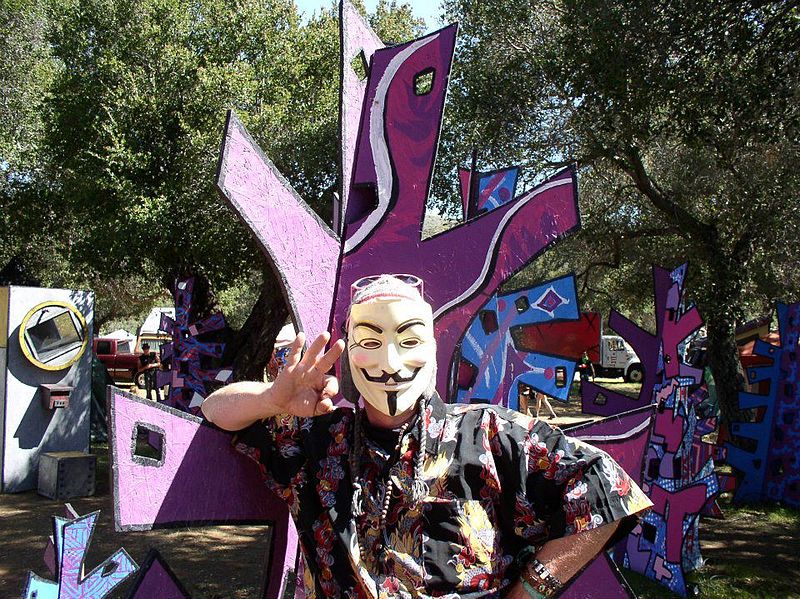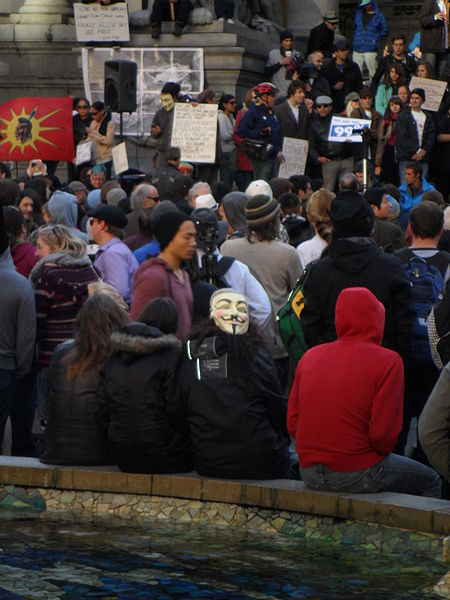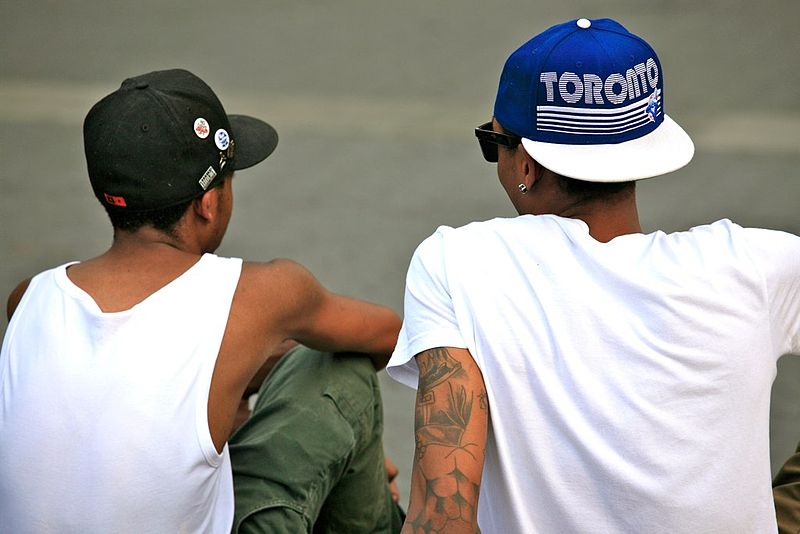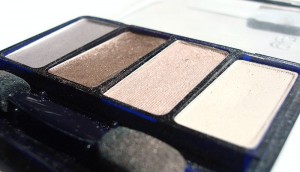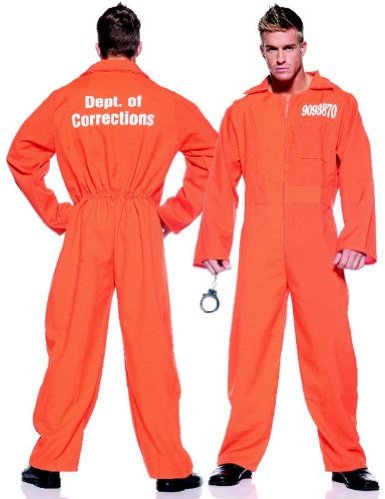The bill, C-309, was a “private member’s bill” originally proposed by a Conservative MP in 2011. It passed both Houses of Parliament and was accorded Royal Assent on June 19, thus becoming law.
Entitled “Preventing Persons from Concealing Their Identity during Riots and Unlawful Assemblies Act,” it amends the riot provision, §65, to include a new subsection:
Every person who commits an offence under subsection (1) while wearing a mask or other disguise to conceal their identity without lawful excuse is guilty of an indictable offence and liable to imprisonment for a term not exceeding 10 years.
And similarly amends the unlawful assemblies provision, §66, to include a new subsection:
Every person who commits an offence under subsection (1) while wearing a mask or other disguise to conceal their identity without lawful excuse is guilty of
(a) an indictable offence and liable to imprisonment for a term not exceeding five years; or
(b) an offence punishable on summary conviction.
The Criminal Code elsewhere defines an unlawful assembly as “three or more persons” who disturb the peace “tumultuously” (§63) and a riot as an “unlawful assembly that has begun to disturb the peace tumultuously” (§64).
The bill – – – now law – – – seems targeted at specific protests; the sponsor reportedly had specific urban “riots” in mind.
In the United States, the majority of states have anti-masking statutes, a few of which are specifically linked to protests. For example, New York’s criminalization of “loitering while masked” was used to charge protestors at “Occupy Wall Street” actions. Such laws, especially when applied during protests, are subject to First Amendment free speech challenges. Clearly, to the extent that the “mask” is a component of the expression, it should be insulated from criminal consequences by free speech protections.

